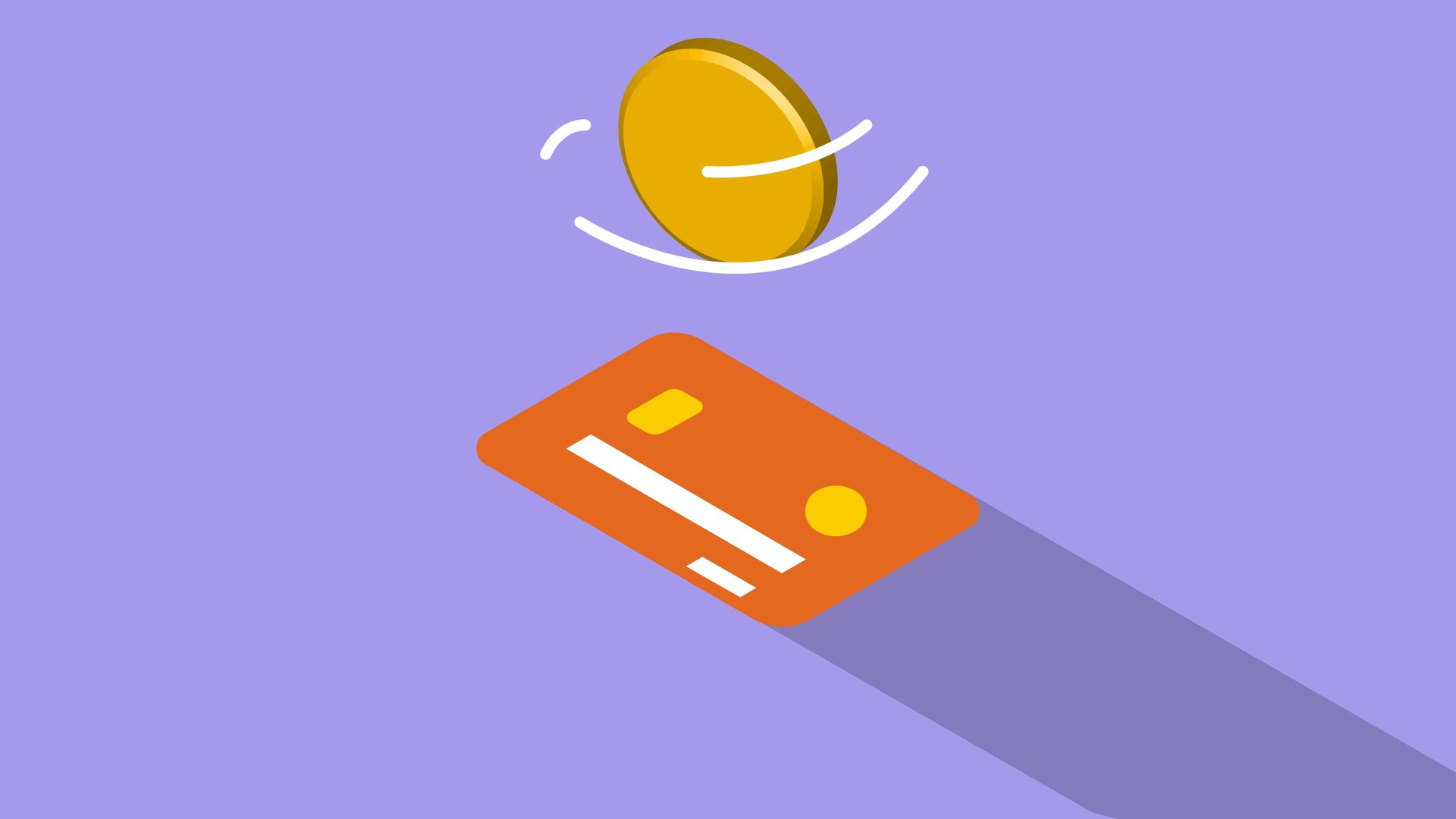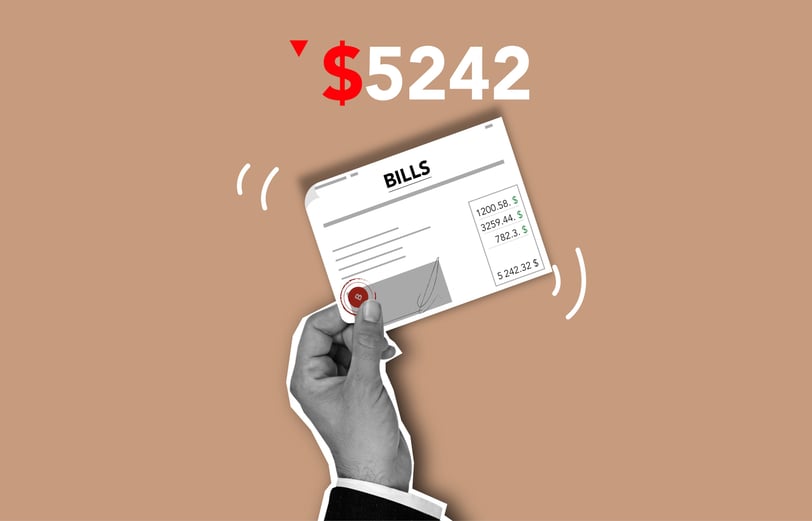
Debt Avalanche Method: What You Need to Know
Gull Rehman
11/20/20235 min read
Are you feeling the weight of high-interest debt and seeking smart strategies to pay it off?
You're not alone.
The average debt balance is a staggering $96,371, encompassing various financial obligations such as credit card debt, personal loans, student loans, and auto loans. If you're looking for a way to manage your debts more effectively and focus on clearing the most expensive ones first, the
Debt Avalanche Method might be the answer you've been searching for.
In this blog post, we'll delve into what the Debt Avalanche Method entails, how to use it, its benefits, and provide tips for success. You'll also learn about real-life examples and frequently asked questions regarding this method.
So, grab a cup of coffee, get comfortable, and let's explore the world of debt repayment strategies and financial planning.
The Debt Avalanche method is essentially a strategy of paying off debts with the highest interest rates first. When you have multiple debts, you direct the most money towards the debt with the highest interest rate.
At the same time, you also make minimum payments on your other debts. Once you've paid off the debt with the highest interest rate, you move onto the one with the second highest rate, and so on. This is considered to be a financially efficient method as it allows you to save on interest costs in the long run.


How to Use the Debt Avalanche Method
Getting started with the Debt Avalanche Method involves a few straightforward steps. Begin by listing all your outstanding debts, including credit cards, student loans, auto loans, personal loans, outstanding bills, and medical debt.
For each debt, note the amount owed, minimum monthly payments, interest rates, and the issuer. Once you have the complete list, prioritize the debts from highest to lowest interest rates.
With this roadmap in hand, you'll concentrate on paying off the highest-interest debt first while ensuring you make the minimum payments on all other debts to safeguard your credit score.
Real-life Examples of the Debt Avalanche Method
Let's consider a real-life example to illustrate the effectiveness of the Debt Avalanche Method. Suppose you have three debts: a credit card with $5,000 at 20% interest, a student loan with $10,000 at 6% interest, and a personal loan with $7,000 at 10% interest.
By focusing on the debt avalanche, you'd prioritize paying off the credit card debt first due to its significantly higher interest rate. Once the credit card debt is cleared, you'd then allocate the freed-up funds to tackle the next highest-interest debt, and so on.
This systematic approach efficiently minimizes interest payments and accelerates your debt repayment journey.
Remember, you would need to maintain minimum payments on all debts to prevent any hits to your credit score, due to missed or late payments.
It's always recommended to get the advice of a financial adviser before deciding which method to go for when paying off debts since personal circumstances and regulations can vary.


Benefits of the Debt Avalanche Method
The Debt Avalanche Method offers several advantages, including saving money on interest payments, reducing the overall debt burden faster, and achieving financial goals more efficiently.
By addressing the highest-interest debts first, you'll experience a tangible sense of progress and motivation, empowering you to stay the course and achieve financial freedom.
Additionally, the Debt Avalanche Method instills a sense of financial discipline and responsibility, fostering improved money management habits and long-term financial wellness.
Tips for Success with the Debt Avalanche Method
To effectively implement the Debt Avalanche Method, it's crucial to maintain a clear focus on your financial goals, stay committed to your debt payoff plan, and continuously review and update your progress.
Maintaining a stringent budget, seeking opportunities to save money, and potentially increasing your income through side hustles or freelance work can expedite your debt repayment journey.
Additionally, continuously educating yourself about financial literacy and debt management can further empower you to make informed decisions and stay on track toward achieving financial independence.
Remember, paying off debt takes time and discipline. Stay committed to your plan, make consistent efforts, and you will eventually achieve your debt-free goals.


Additional tips for Maximum Efficiency:
Automate your payments: Set up automatic payments to your high-interest debt to ensure you make consistent, timely payments.
Consider debt consolidation: If you have multiple debts with varying interest rates, consider debt consolidation, which can simplify your repayment process and potentially lower your overall interest payments.
Explore balance transfer options: If you have credit card debt, consider balance transfer options with 0% introductory APR periods to temporarily eliminate interest payments and accelerate your debt repayment.
Avoid lifestyle inflation as your income increases: As your income grows, avoid increasing your expenses accordingly. Instead, use the additional income to make larger debt payments and reach your financial goals faster.
Make more than the minimum payments: While making the minimum payments will prevent your debts from going into default, it will take you much longer to pay them off. Aim to allocate more than the minimum payments towards your debts, focusing on the high-interest debt first.
Create a budget: A well-structured budget will help you track your income and expenses, identify areas where you can cut back, and allocate more funds towards debt repayment.
Increase your income: Explore ways to increase your income, such as taking on a side hustle, freelancing, or asking for a raise at work. This will provide additional funds to accelerate your debt repayment efforts.
Avoid taking on new debt: While you're working on paying off your existing debts, avoid taking on any new debt, as this will only compound your financial situation.
Frequently Asked Questions about the Debt Avalanche Method
1. Can the Debt Avalanche Method be used for different types of debt?
Absolutely. The Debt Avalanche Method can be effectively applied to various types of debts, including credit card debt, student loans, personal loans, and other high-interest financial obligations.
Regardless of the type of debt, the underlying principle remains the same: focus on the highest-interest debts first to save money on interest payments and reduce the overall debt burden.
2. How does the Debt Avalanche Method differ from the Debt Snowball Method?
While both methods aim to facilitate debt repayment, they differ in their approach. The Debt Avalanche Method prioritizes debts with the highest interest rates, while the Debt Snowball Method focuses on paying off the smallest debts first to build momentum and motivation.
Choosing between the two methods depends on your personal financial situation and preferences.
3. Are there any specific resources or tools to assist with implementing the Debt Avalanche Method?
Several reputable financial planning and budgeting tools, as well as debt repayment calculators, are available to support individuals in implementing the Debt Avalanche Method.
These resources can help you visualize your debt repayment plan, track your progress, and stay motivated as you work towards achieving financial freedom.
In conclusion, the Debt Avalanche Method offers a structured and effective approach to managing high-interest debt. By strategically targeting the most expensive debts first, you can save money on interest payments, reduce your overall debt burden, and work towards achieving your financial goals with greater

